Professional septic tank pumping that prevents backups, eliminates odors, and protects your property investment.
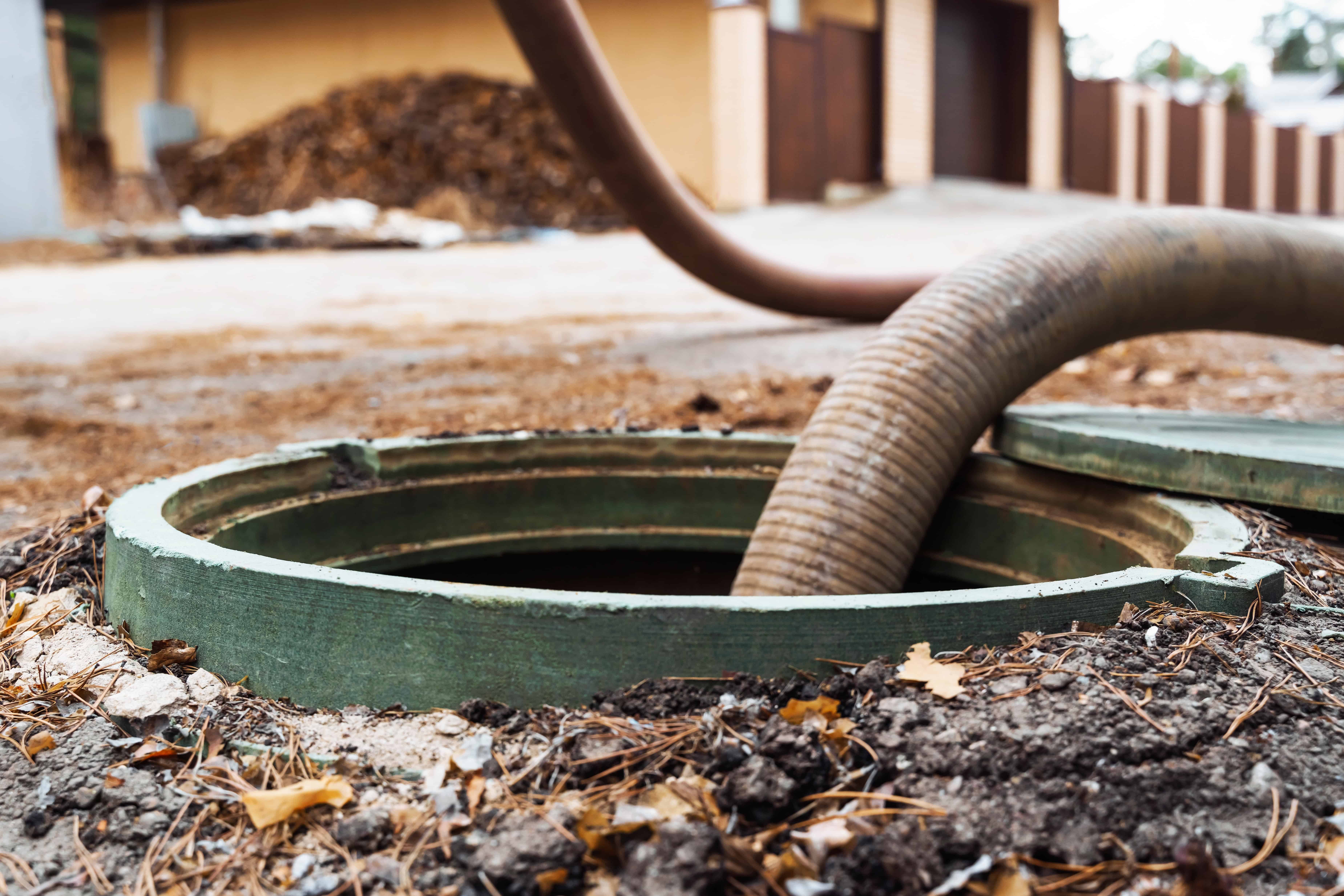
Hear from Our Customers
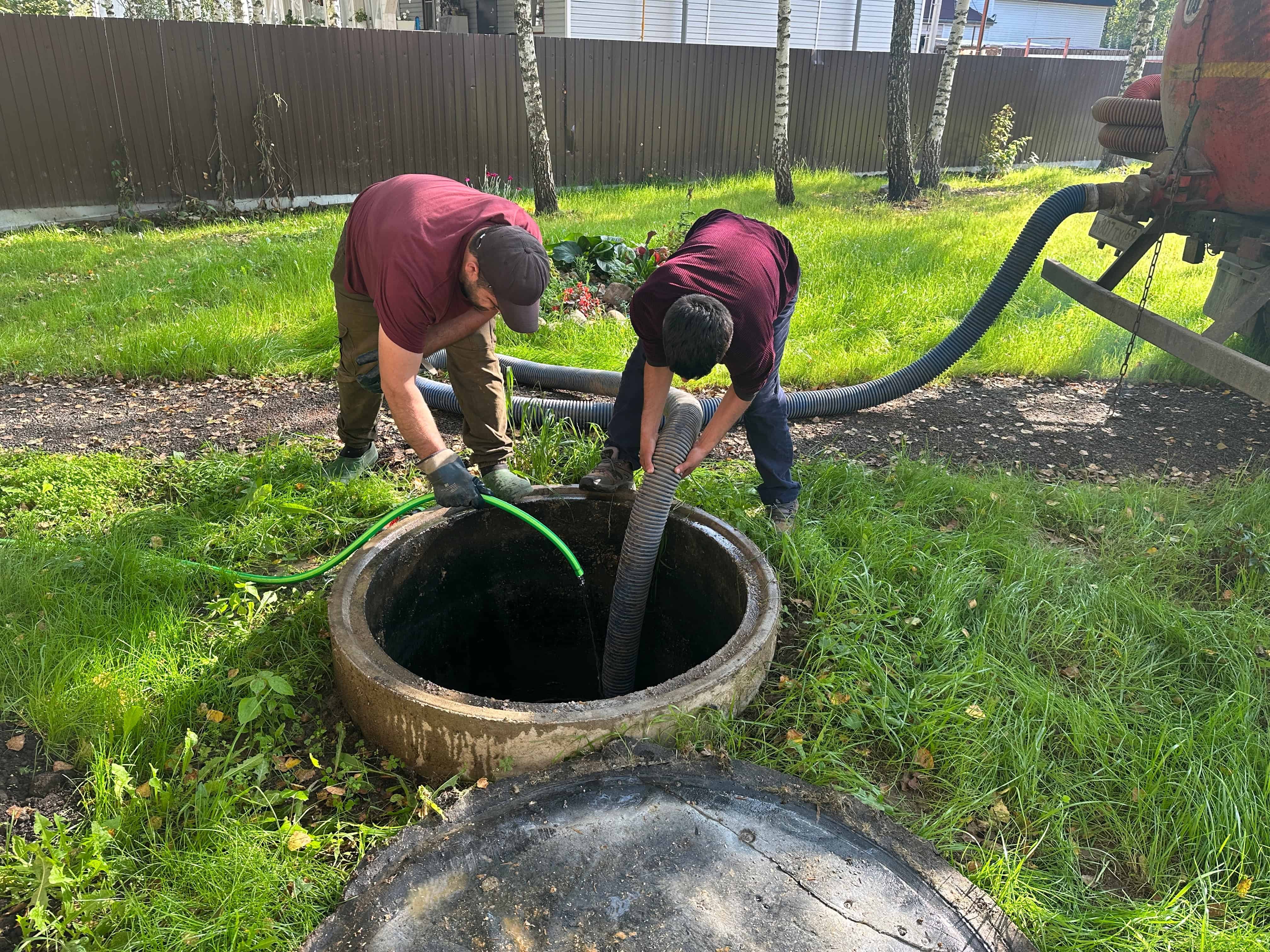
Your septic system works quietly in the background until it doesn’t. When you stay on top of regular pumping, you avoid the nightmare scenarios that catch most homeowners off guard.
No more worrying about backups during family gatherings or dinner parties. No more explaining to guests why your yard smells like a swamp. Your drains flow freely, your toilets flush without hesitation, and your system keeps working the way it should.
Regular septic tank pumping also means you catch small problems before they become expensive disasters. A routine service call costs a fraction of what you’d pay for emergency repairs or system replacement. You’re protecting both your daily comfort and your long-term investment in your property.
Quality Cesspool has been handling septic system maintenance for Long Island homeowners who need reliable service without the runaround. We understand how septic systems work in Baiting Hollow’s soil conditions, and we know what it takes to keep them functioning properly.
Our team uses modern equipment and follows proper disposal procedures at licensed facilities. We’re licensed, insured, and focused on doing the job right the first time. When you call us, you’re working with technicians who have seen every type of septic issue and know how to address them efficiently.
We serve Baiting Hollow and surrounding communities because we understand the local area and the specific challenges that come with maintaining septic systems here.
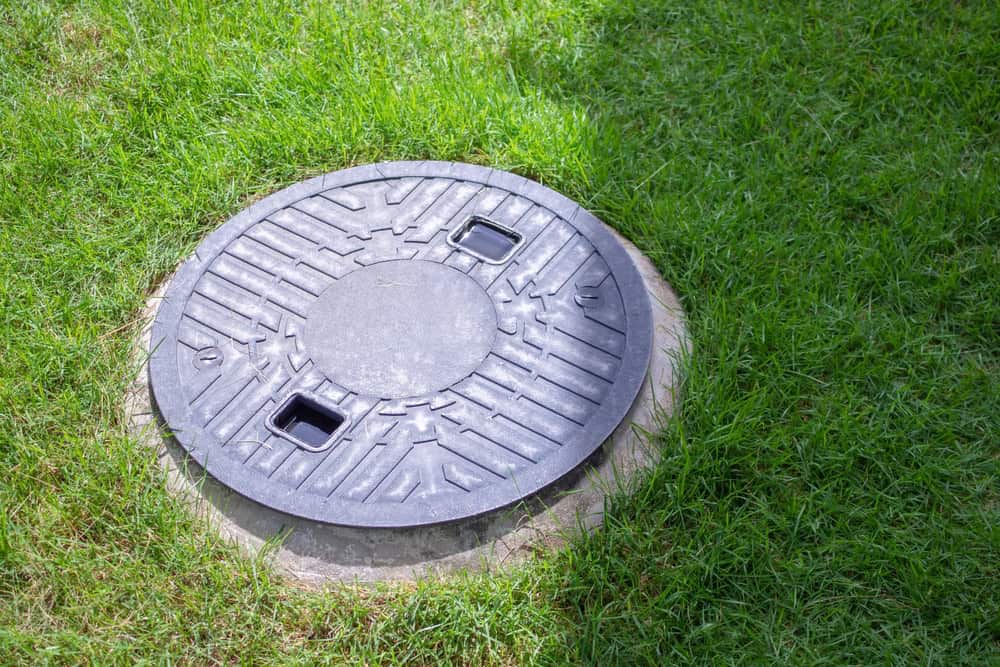
We start by locating and accessing your septic tank, which sometimes means digging if the access port isn’t readily available. Our truck-mounted pump removes all the accumulated sludge and scum from your tank, leaving it clean and ready to function properly.
During the pumping process, we inspect your tank for signs of damage, check the inlet and outlet baffles, and look for any issues that could cause problems down the road. If we spot something that needs attention, we’ll explain what we found and what your options are.
After pumping, we properly dispose of the waste at licensed treatment facilities and provide you with documentation of the service. We’ll also give you a realistic timeline for when you’ll need your next pumping based on your household size and usage patterns.
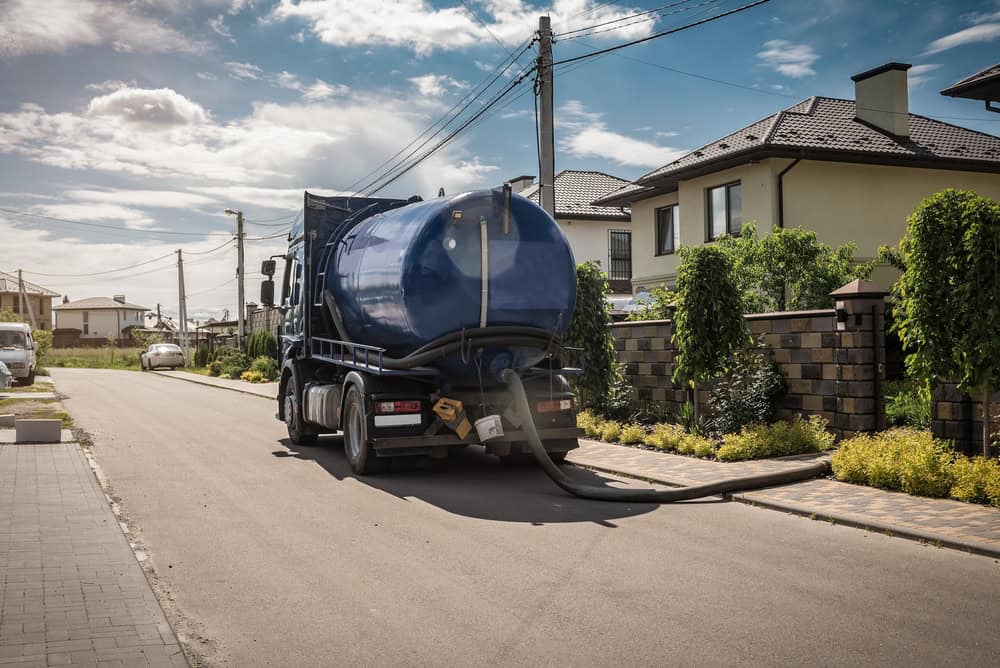
Ready to get started?
When we pump your septic tank, you’re getting more than just waste removal. We perform a thorough cleaning that includes removing both liquid waste and solid sludge that has accumulated over time. This complete cleaning helps your system operate at full capacity.
Our service includes inspection of key components while we have the tank open. We check for cracks, examine the condition of inlet and outlet pipes, and assess whether your baffles are working properly. Many septic problems start small and grow into expensive repairs, so catching them early saves you money.
You’ll receive clear documentation of the service and honest recommendations about your system’s condition. We explain what we found in plain language and help you understand what maintenance your system needs going forward. No technical jargon, no pressure tactics—just straightforward information you can use to make good decisions about your property.
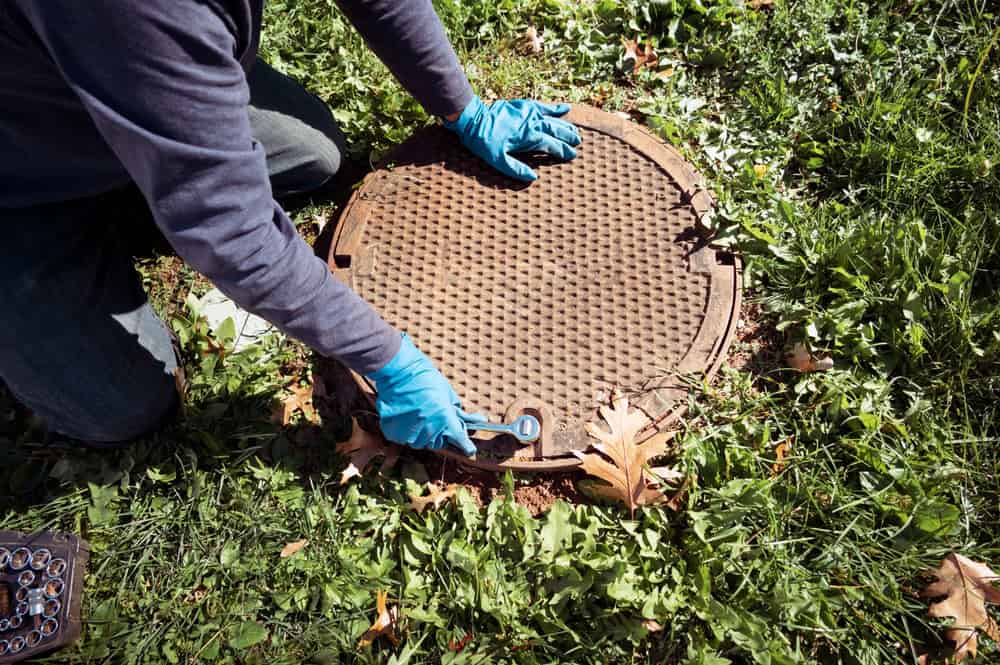
Don’t let cesspool issues disrupt your day. Reach out now for a free estimate and expert service.
©2025 Quality Cesspool All Rights Reserved. SEO Company NYC – Web Design & SEO by Hozio